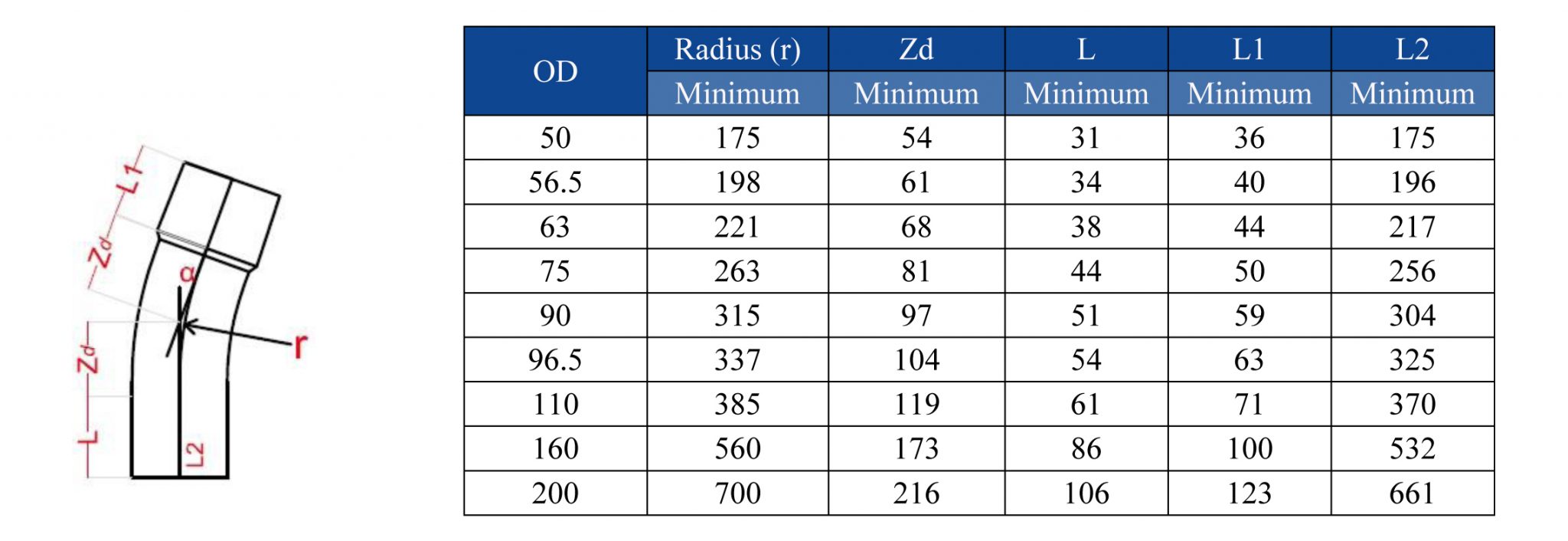

Welded joints, for example between straight tube and elbows, require the prevention or removal of heat tint.2 Ways to achieve curved tubular designsĭesigns using bent tube can be preferable to mechanical or welded connections for a number of reasons: These need not be discussed in detail, therefore, in this publication. Typically the software of computer-controlled machines or the technical documents accompanying manually controlled machines provide reliable information about parameters such as minimum/maximum wall thickness, diameter and bending radius, the necessity of mandrels, overbending, etc. The publication gives a basic understanding of the various processes, providing an overview of the options that may need to be discussed between customer and tube-bender. fabricators planning to sub-contract tube-bending work.

The brochure highlights the advantages and practical implications of designs using bent tube. designers who have to choose between different ways of achieving curved tubular parts or assemblies (welded/flanged/bent).

Tabs must be at least 2 times the material’s thickness or 0.126”, whichever is greater, and can be no longer than 5 times its width.Title photos: Patrick lints, Ghent (B), Condesa Inox, Vitoria/Álava (E), Thomas Pauly, Brussels (B) Contentsģ general parameters used in tube bendingĥ Austenitic – ferritic – duplex: differences in forming behaviour Notches must be at least the material’s thickness or 0.04”, whichever is greater, and can be no longer than 5 times its width. Recommended corner radius for notches should be 0.5 * t. Recommendations for Notch Feature: Notch width should not be narrower than 1.5 * t. Tabs must have a minimum distance from each other of 1mm or the material’s thickness, whichever is greater. For bends, notches must be at least 3 times the material’s thickness plus the bend radius. Notches must be at least 3.175mm away from each other. Notching is a low-cost process, particularly for its low tooling costs with a small range of standard punches. To avoid such condition notch should be placed at appropriate distance from bend with respect to sheet thickness. In case, distance between the notches to bend is very small then distortion of sheet metal may take place. Notching is a shearing operation that removes a section from the outer edge of the metal strip or part.


 0 kommentar(er)
0 kommentar(er)
